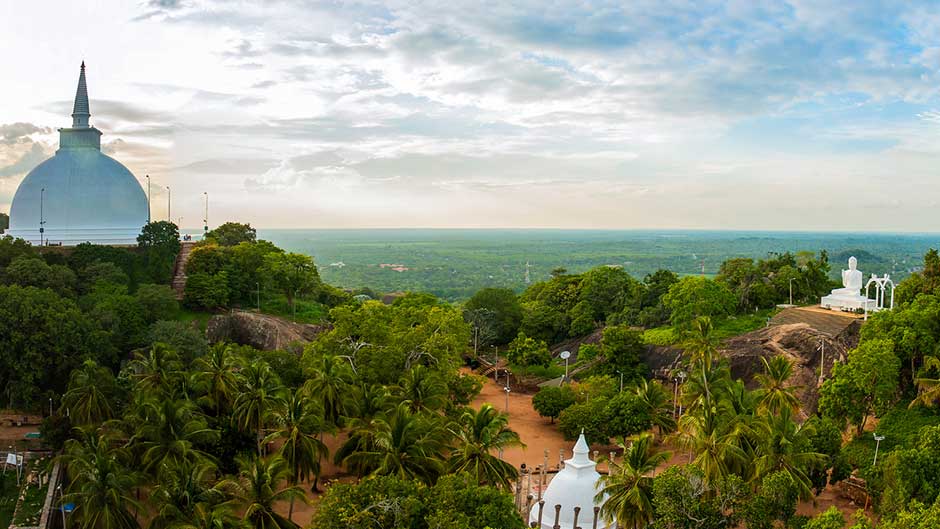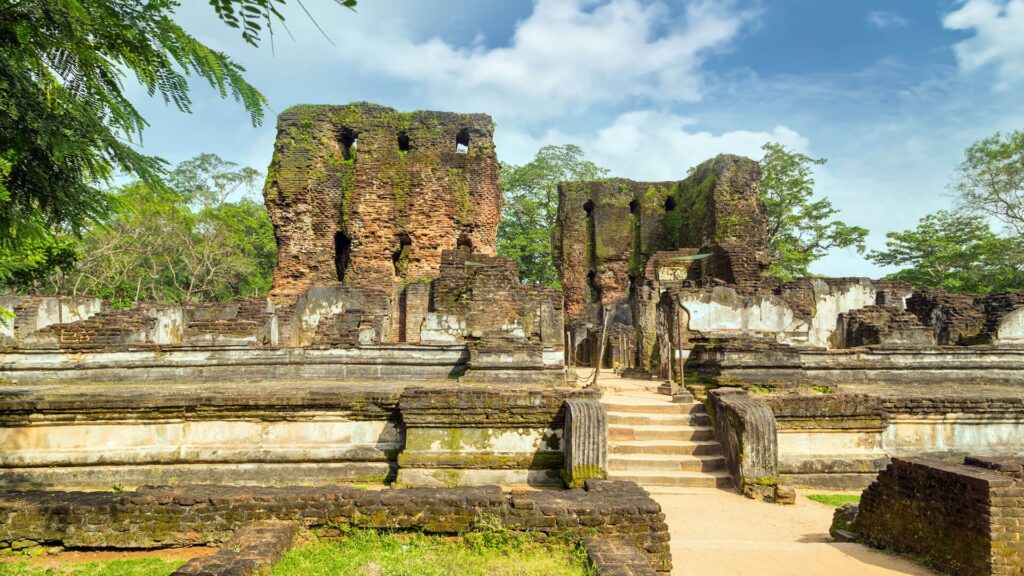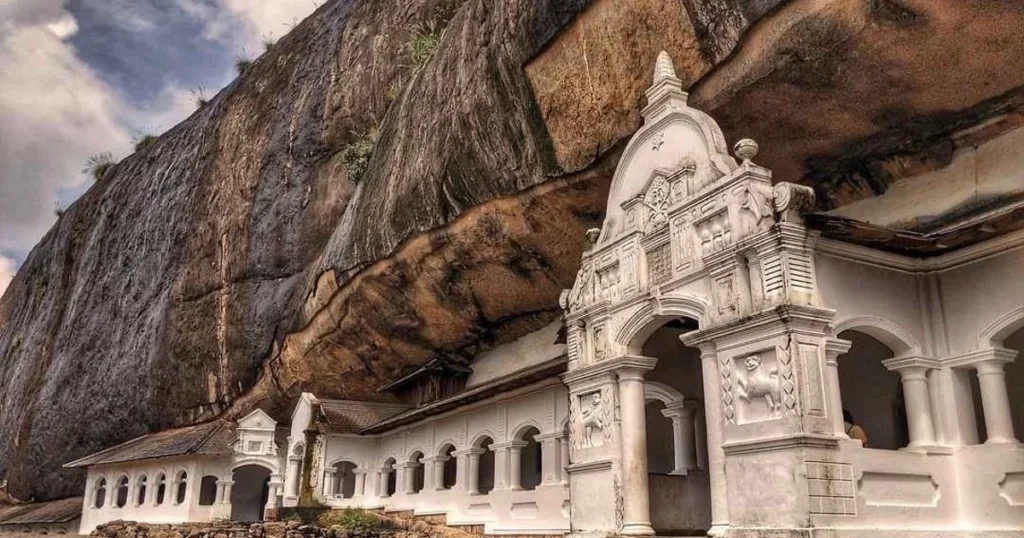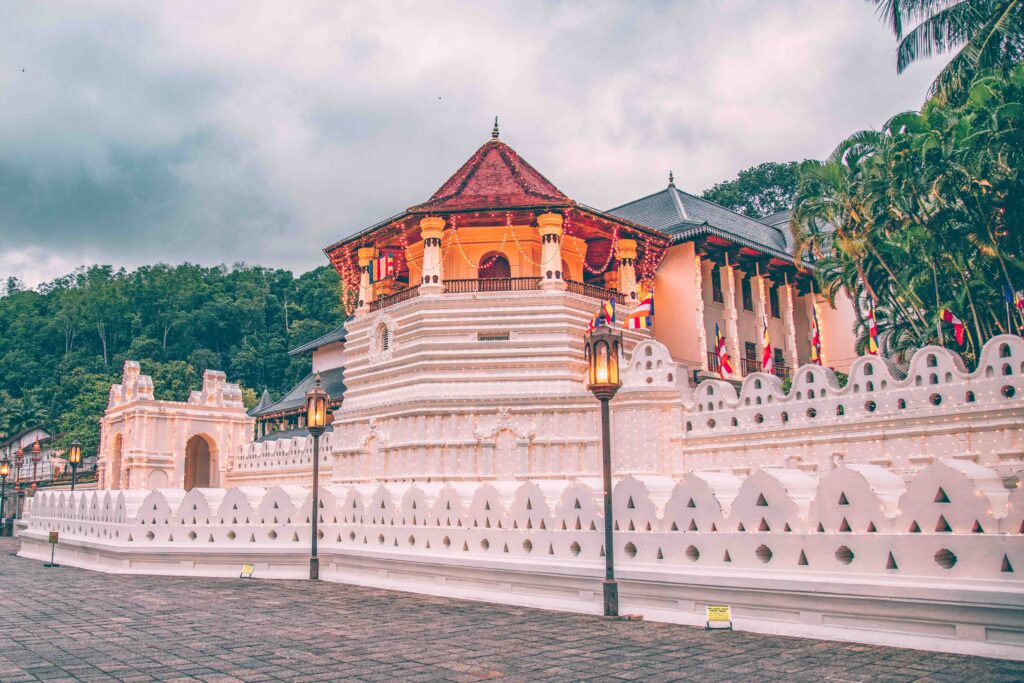Ancient Sri Lanka
Sri Lanka’s history stretches back over 2,500 years, woven with tales of powerful kingdoms, advanced irrigation systems, sacred temples, and cultural brilliance. Known in ancient times as Lanka, Tambapanni, and later Ceylon, this tear-shaped island in the Indian Ocean has long been a hub of civilization, religion, and trade.
From the rise of early kingdoms to the golden age of Buddhist art and architecture, ancient Sri Lanka offers a fascinating journey through time, one that still echoes in its ruins, rituals, and living heritage.
The Origins – Arrival of Vijaya and Early Settlements
According to the ancient chronicle Mahavamsa, Sri Lanka’s recorded history began with the arrival of Prince Vijaya from northern India around 543 BCE. He established the first Sinhalese kingdom in Tambapanni, laying the foundation for centuries of monarchy and civilization.
The early settlers introduced advanced agriculture, irrigation, and governance systems, transforming the island into a self-sustaining society.
1. Anuradhapura – The First Great Capital

The city of Anuradhapura marks the beginning of Sri Lanka’s golden age. As the island’s first major capital, it flourished for over a millennium.
Key highlights:
Sri Maha Bodhi Tree – A sapling of the tree under which the Buddha attained enlightenment, planted in 288 BCE.
Ruwanwelisaya & Jetavanaramaya – Massive stupas showcasing ancient engineering and religious devotion.
Advanced Irrigation – Sophisticated reservoirs (tanks) like Nuwara Wewa and Abhaya Wewa supported agriculture year-round.
Anuradhapura was a thriving religious and cultural center that attracted scholars and pilgrims from across Asia.
2. Polonnaruwa – The Cultural Renaissance

After the decline of Anuradhapura due to invasions, the capital shifted to Polonnaruwa, which ushered in a period of revival and refinement.
Key highlights:
Gal Vihara – Magnificent rock-cut Buddha statues carved from a single granite slab.
Parakrama Samudra – A vast man-made lake built by King Parakramabahu I, reflecting his vision: “Not even a drop of rain should flow into the sea without serving mankind.”
Royal Palace and Sacred Quadrangle – Grand ruins that showcase the kingdom’s artistic and architectural mastery.
3. Dambulla Cave Temple – A Golden Rock Sanctuary

What to See Inside:
The temple is built into a giant rock that rises 160 meters above the surrounding plains and contains five main caves, each filled with:
Over 150 Buddha statues
Ancient murals covering 2,100 square meters
Statues of Hindu gods and Sri Lankan kings
The caves date back to the 1st century BCE, built and restored by generations of kings. They showcase the evolution of Buddhist art in Sri Lanka over centuries.
Spiritual Experience:
Climbing to the temple offers panoramic views of the countryside. The quiet, candle-lit interiors of the caves create a meditative, timeless atmosphere. Many visitors feel a deep sense of peace while exploring this ancient sanctuary.
4. Kandy – The Hill Capital and Cultural Heartbeat

Kandy, the last royal capital of Sri Lanka, is a city of great cultural and religious importance. Surrounded by misty mountains and lush greenery, it’s best known as the home of the Temple of the Sacred Tooth Relic (Sri Dalada Maligawa) one of the most sacred Buddhist sites in the world.
Temple of the Tooth (Sri Dalada Maligawa)
Located beside the tranquil Kandy Lake, this golden-roofed temple houses a revered relic: a tooth believed to belong to the Buddha. Pilgrims and tourists alike visit to witness rituals, traditional drumming, and the temple’s stunning architecture.
- Significance: The relic is seen as a symbol of sovereignty. Ancient kings safeguarded it, believing whoever possessed it had the right to rule.
- Daily Rituals: Visitors can attend “Thevava”, the offering ceremony held three times a day with drums and incense.
- Esala Perahera: Every July/August, the city bursts to life during this grand festival with traditional dancers, decorated elephants, and processions carrying the tooth relic casket.
Kandy is also home to botanical gardens, tea plantations, and the Kandyan dance, a unique form of Sri Lankan performance art.